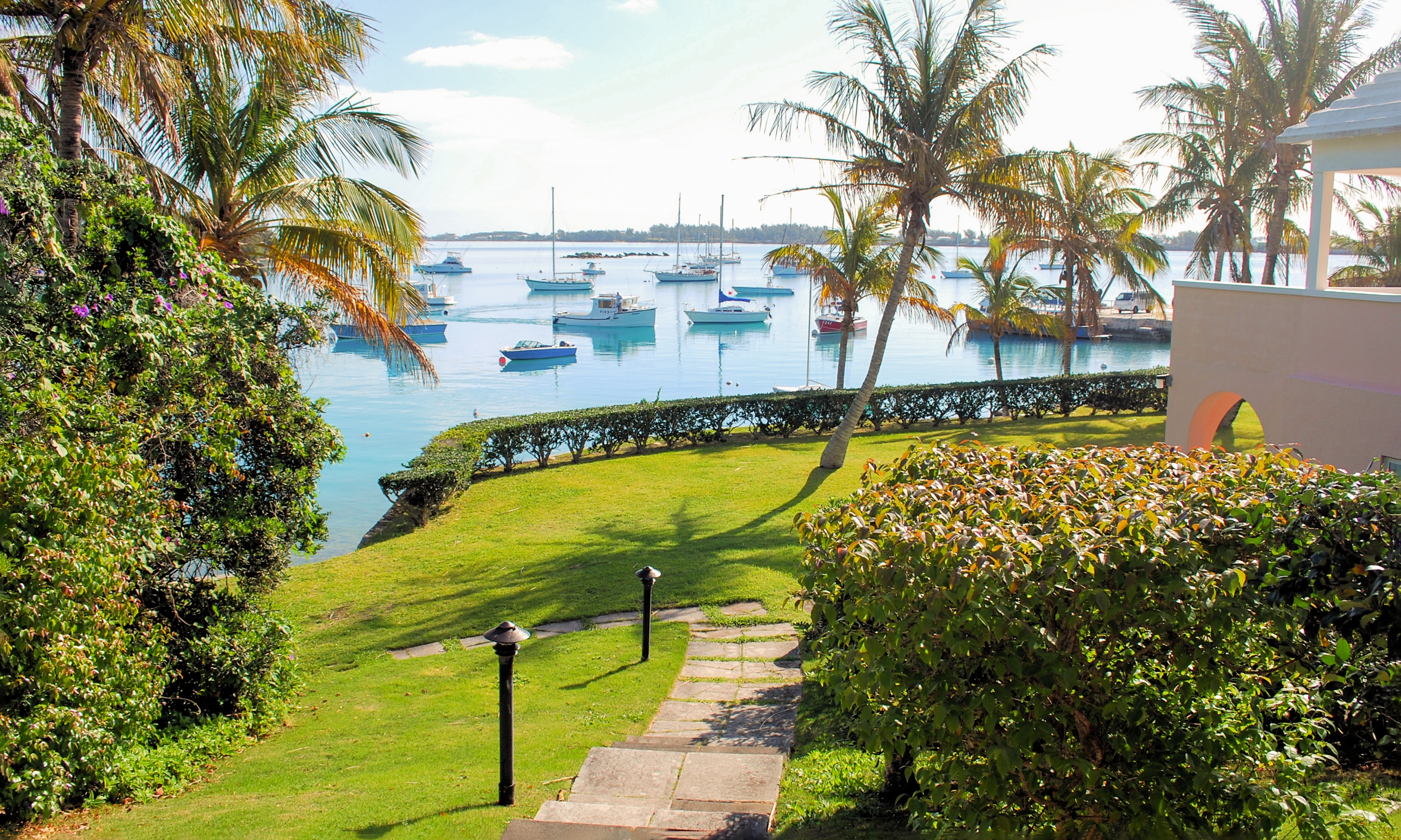

This routine came from two meetings in Bermuda in which project researchers agreed to the “Bermuda Principles,” which set out the rules for the rapid release of sequence data. Human Genome Project scientists made every part of the draft human genome sequence publicly available shortly after production. How did the Human Genome Project change practices around data sharing in the scientific research community? Photo: A Human Genome Project researcher pipetting a DNA sample into an agarose gel to perform gel electrophoresis. On March 31, 2022, the Telomere-to-Telomere (T2T) consortium announced that had filled in the remaining gaps and produced the first truly complete human genome sequence. Specifically, it accounted for 92% of the human genome and less than 400 gaps it was also more accurate. In April 2003, the consortium announced that it had generated an essentially complete human genome sequence, which was significantly improved from the draft sequence. The draft sequence contained more than 150,000 areas where the DNA sequence was unknown because it could not be determined accurately (known as gaps). In June 2000, the International Human Genome Sequencing Consortium announced that it had produced a draft human genome sequence that accounted for 90% of the human genome. However, they were limited in their abilities to determine the sequence of some stretches of human DNA (e.g., particularly complex or highly repetitive DNA). Throughout the Human Genome Project, researchers continually improved the methods for DNA sequencing. (Photo by Eric Green)ĭid the Human Genome Project produce a perfectly complete genome sequence? Shown (from left to right) are: David Bentley, John Sulston, and Eric Green in the front row and Richard McCombie, Richard Gibbs, Richard Wilson, and Elson Chen in the back row. Photo: A subset of the participants of a 1996 meeting held in Bermuda that helped to establish the “Bermuda Principles” for sharing genome sequence data during the Human Genome Project. Such economic gains reflect direct links between resulting products and advances in the pharmaceutical and biotechnology industries, among others. The cost of the Human Genome Project, while in the billions of dollars, has been greatly offset by the positive economic benefits that genomics has yielded in the ensuing decades. While precise cost-accounting was difficult to carry out, especially across the set of international funders, most agree that this rough amount is close to the accurate number. The initially projected cost for the Human Genome Project was $3 billion, based on its envisioned length of 15 years. How much did the Human Genome Project cost?

Collins served as the de facto leader of the International Human Genome Sequencing Consortium, the group that sequenced the human genome during the Human Genome Project. President Bill Clinton and Francis Collins, M.D., Ph.D., (NHGRI Director) at a June 2000 event at the White House celebrating the draft human genome sequence generated by the Human Genome Project. Many of the project’s achievements were beyond what scientists thought possible in 1988. In part due to a deliberate focus on technology development, the Human Genome Project ultimately exceeded its initial set of goals, doing so by 2003, two years ahead of its originally projected 2005 completion. The project’s architects and participants hoped the resulting information would usher in a new era for biomedical research, and its goals and related strategic plans were updated periodically throughout the project. coli, baker’s yeast, fruit fly, nematode and mouse. National Academy of Sciences outlined the original goals for the Human Genome Project in 1988, which included sequencing the entire human genome in addition to the genomes of several carefully selected non-human organisms.Įventually the list of organisms came to include the bacterium E. What were the goals of the Human Genome Project?Ī special committee of the U.S.


 0 kommentar(er)
0 kommentar(er)
